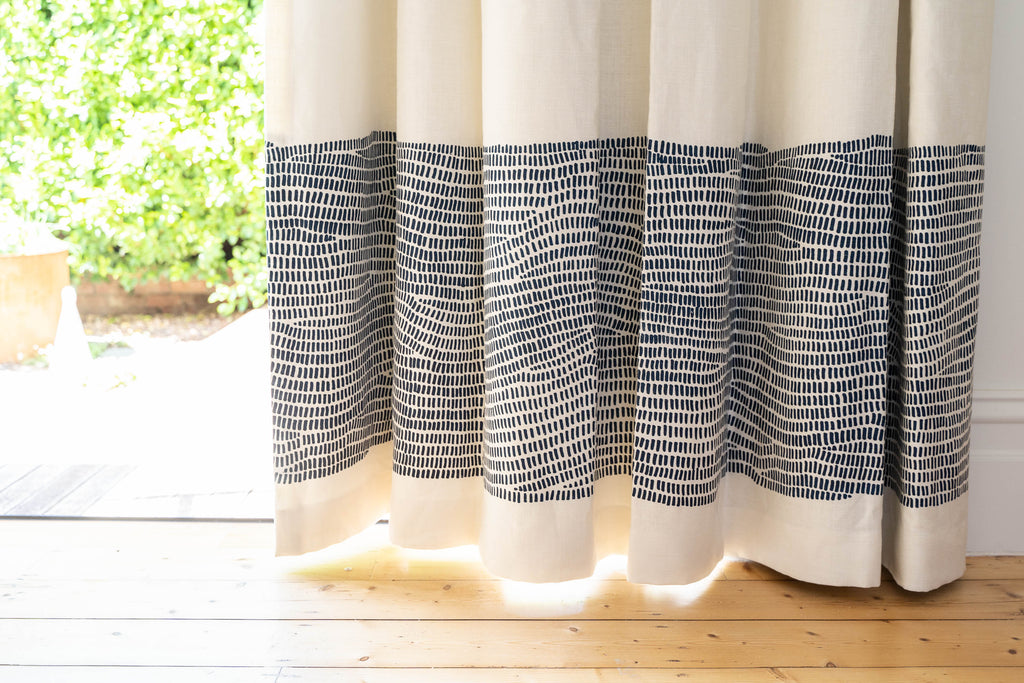
Blockout linings are typically made from synthetic materials such as polyester, which are known for their light-blocking properties and durability. While natural materials such as cotton or silk may also have some light-blocking capabilities, they may not be as effective as synthetic materials in completely blocking out light. Additionally, natural materials may be more susceptible to damage from exposure to light and moisture, which could reduce their effectiveness over time.
Blockout curtain linings, also known as blackout linings, are typically made out of a combination of materials to achieve their light-blocking properties. The specific composition can vary, but here are the commonly used materials:
-
Polyester: Polyester fabric is a popular choice for blackout linings due to its durability and light-blocking capabilities. It is also easy to maintain and clean.
-
Acrylic Foam: Acrylic foam is often used as a coating or backing material on the curtain lining. It helps to block out light and improve insulation by adding thickness to the fabric.
-
Thermal Materials: Some blackout linings incorporate thermal materials like foam or thermal insulating fibers to enhance the curtain's insulation properties. These materials help to regulate temperature by reducing heat transfer through windows.
-
Lightproof Coatings: Blockout linings may have lightproof coatings or treatments applied to the fabric surface. These coatings enhance light-blocking abilities by preventing light from passing through the fabric.
The combination of these materials helps to create a dense and opaque fabric that effectively blocks out light, provides privacy, and may also offer thermal insulation benefits.